With continuous changing in the roofing industry trends, there is always something new to come. In recent years, the movement for eco-friendly construction has been rising. People are now more concerned about the environment and are now bringing changes to the urbanization planning that do not harm the ecosystem. The roofing industry is also introducing new eco-friendly trends that are beneficial for customers.
Along with metal roofing, homeowners are now interested in green roofs also. Because it is both aesthetic and financially efficient, this system is totally eco-friendly. In this content, we will talk about what is a green roof and the 4 main benefits of a green roof.
What is a Green Roof?
A green roof is a rooftop that is partially or entirely covered with vegetation and soil instead of traditional rooftop materials such as asphalt or metal. It offers many benefits to building owners and the environment. They can help in stormwater management, reduce energy costs, improve air quality, and provide habitat for wildlife.
Additionally, green roofs can be aesthetically pleasing and can increase the life of a roof by adding insulation. They also can increase biodiversity and beautify urban areas. Therefore, it is becoming increasingly popular in cities around the world. They can be used on residential or commercial buildings and can be either extensive or intensive.
Top 4 Main Benefits of Green Roof
When you think of a green roof, the first thing that comes to mind is probably its environmental benefits. But green roofs offer many other advantages, as well. The top 4 main benefits of a green roof are:
1. Stormwater Management
Green roofs are growing in popularity for their ability to manage stormwater runoff. Every time it rains, billions of gallons of water wash over our roads, parking lots, and buildings. This rainwater runoff picks up pollutants on its way to our lakes, rivers, and coastal areas. The runoff from developed land is a leading cause of water pollution in the United States.
A green roof is a roof covered with plants or a growing medium. The plants on the roof act as a natural drainage system, slowing down the flow of water and allowing it to soak into the ground. This reduces the amount of water that flows into the local drainage system and helps to prevent flooding.
2. Environmental Benefits
Green roofs help the environment in many ways, such as by reducing urban heat, cleaning rainwater, lowering carbon dioxide emissions, promoting biodiversity, and keeping ecosystems healthy. According to the World Bank, 55% of the total world population lives in urban areas. These urban areas are responsible for 75% of the total carbon dioxide emissions. A green roof can help reduce this environmental impact by reducing the amount of heat that is transferred from the building to the environment. Green roofs are particularly beneficial in urban areas, where they can reduce the “urban heat island” effect.
Green roofs also purify rainwater, which can help improve air quality and reduce the amount of carbon dioxide released into the atmosphere. Additionally, green roofs can boost biodiversity and create new ecosystems. Overall, green roofs offer many environmental benefits and are valuable for promoting sustainability.
3. Economical Benefits
Green roofs are becoming an increasingly popular way to improve the efficiency of a building. There are many benefits to installing a green roof, such as reducing energy costs, improving noise reduction, and increasing the life of the roof. In addition, a green roof can also add value to a property and be an attractive selling point for potential buyers.
One of the primary benefits of having a green roof is that it can increase the roof’s life. A green roof helps keep the building cooler in the summer and warmer in winter, which reduces the amount of energy needed to cool or heat the building. This leads to lower energy costs for the owner of the building.
In addition to reducing energy costs, green roofs also reduce noise. The plants and soil on a green roof help absorb sound waves, making it quieter inside and outside of the building.
4. Social Benefits
Green roofs offer many social benefits in addition to environmental benefits that are often overlooked. In particular, they can increase mental health and well-being.
One of the top social benefits is green roofs provide a natural look to the house. This can be beneficial for people who live in urban areas and do not have access to nature. Additionally, green roofs can also provide aesthetic value to a building and can be used for urban agriculture or organic farming.
Some research suggests that a green roof can also increase mental health by providing a natural look to the house. Using green spaces can help people connect with nature, which can improve mental well-being.
Green roofs offer many benefits that are important for both people and the environment. They can help to improve air quality, reduce energy use, and provide cooling effects in the summer months. Besides, they also help to increase biodiversity and provide habitats for animals. Overall, green roofs are a great way to reduce the impact of development on the environment and help make our cities more sustainable.














